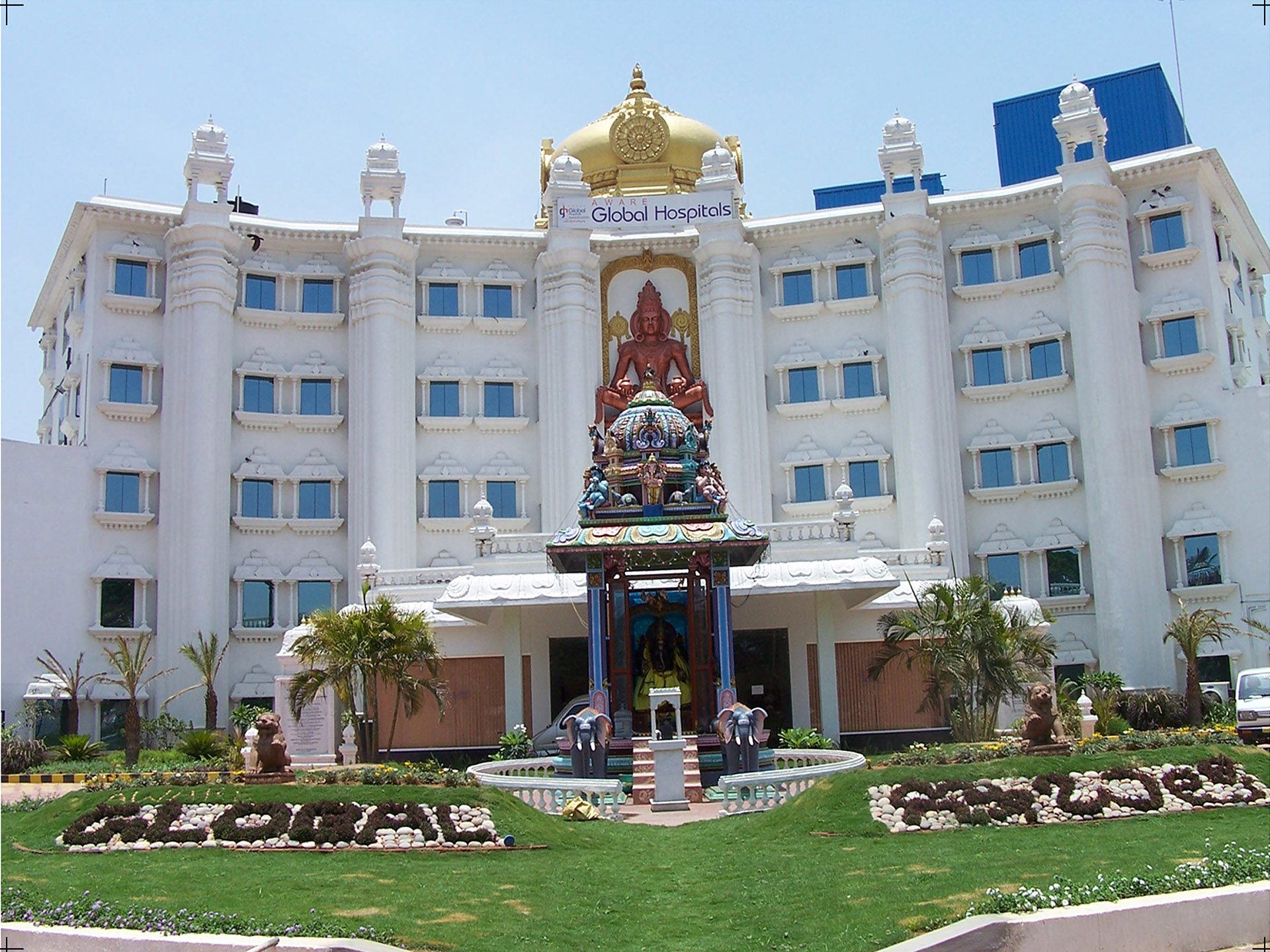Habitual Dislocation of the Shoulder: Causes and Trauma Liquidation
Habitual dislocation of the shoulder is often caused by downfall or shoulder blow. Active natural mobility makes the organ vulnerable to twist. Round part of “mechanism” at shoulder bone top pops out of groove, causing it to be misaligned.
Tissues connecting bones, including ligaments holding humerus to scapula, are likewise damaged in some cases. Cartilage, elastic tissue covering bone ends, also is ruptured.
Trauma is classified as follows.
- Front one, often accompanied by an offset. Frequently because of it, detachment of the articular lip anterior piece is formed.
- Back – it’s a shift back. It rarely happens after falling on arms extended forward. Damage to articular lip back.
- Lower – limb doesn’t return to its natural position after injury, but is held above the body. Damaged part then goes down.
What causes habitual dislocation of the shoulder?
Phenomenon often occurs because of downfall or shoulder blow. It can happen, for example, in hard training. Such trauma is frequently met in adolescence, less common in childhood.
Habitual dislocation of the shoulder symptoms
- Acute pain and debility.
- Tumefaction formation.
- Bruising appearance.
- Painful spasms.
- Insensibility in the whole arm.
- Arm stiffness in movement.
- Shoulder location seems wrong.
Habitual dislocation of the shoulder diagnosis and treatment
Patient must name circumstances when he/she dislocated his/her shoulder, and whether it has happened before. Physicians often prescribe muscle relaxants for pain minimization.
In addition, specialist may prescribe an X-ray, MRI to determine tissue harm, or CT. In this way, it’s determined whether bone is broken – by spots visible in the picture. Specialist can also determine injury presence by touching injured areas. Habitual shoulder dislocation treatment occurs as follows.
- If trauma is confirmed, physician places the arm bone back and positions it correctly. Surgical intervention isn’t needed. In spasms absence, pain medication is not required. Pain is eliminated almost immediately.
- Doctor prescribes additional X-ray for confirming procedure success. Patient needs to put on a splint or bandage and wear it for 7 days to speed up healing. Sometimes, it’s needed to apply cold to injured shoulder several times per day. During this week, shoulder shouldn’t strain and over-freeze.
- Then, physician refers the patient to orthopedist. When injury has healed, special stretch may be prescribed for restoring mobility. Then physical therapy is added to strengthen the shoulder muscles. Recovery period after recurrent or habitual dislocation of shoulder joint helps preventing further dislocations.
Is surgery required for a dislocated shoulder?
Mostly, surgery isn’t mandatory, especially for the first time. Surgical procedure is needed when tendons are damaged. If trauma happens several times, doctors can surgically repair or tighten ligaments holding the humerus in conjunction with shoulder blade.










